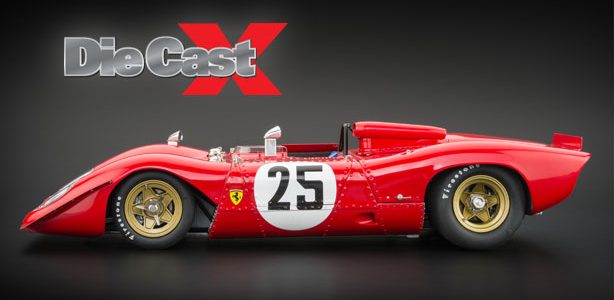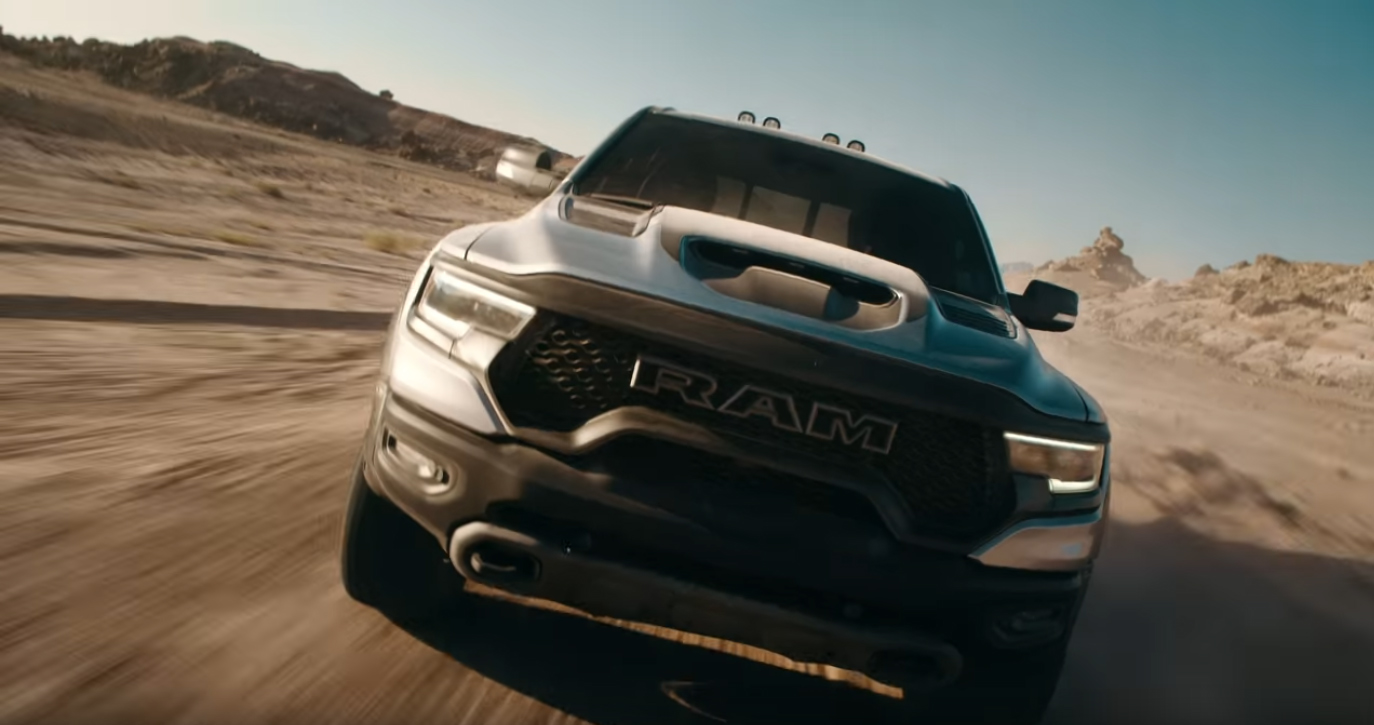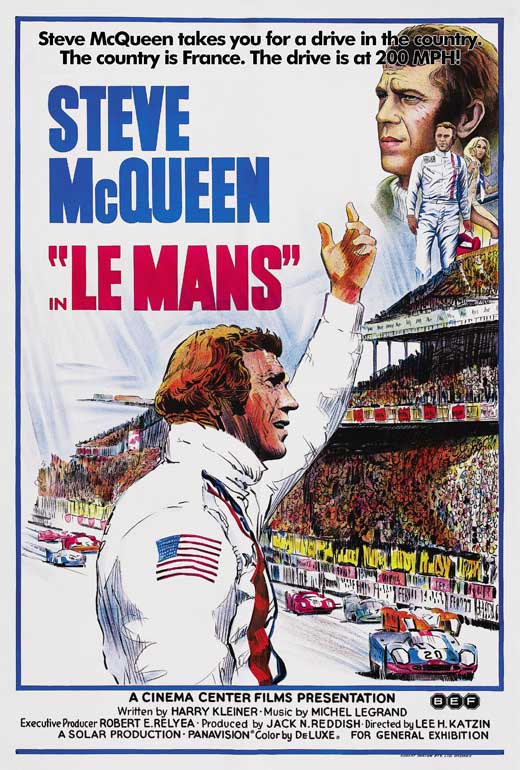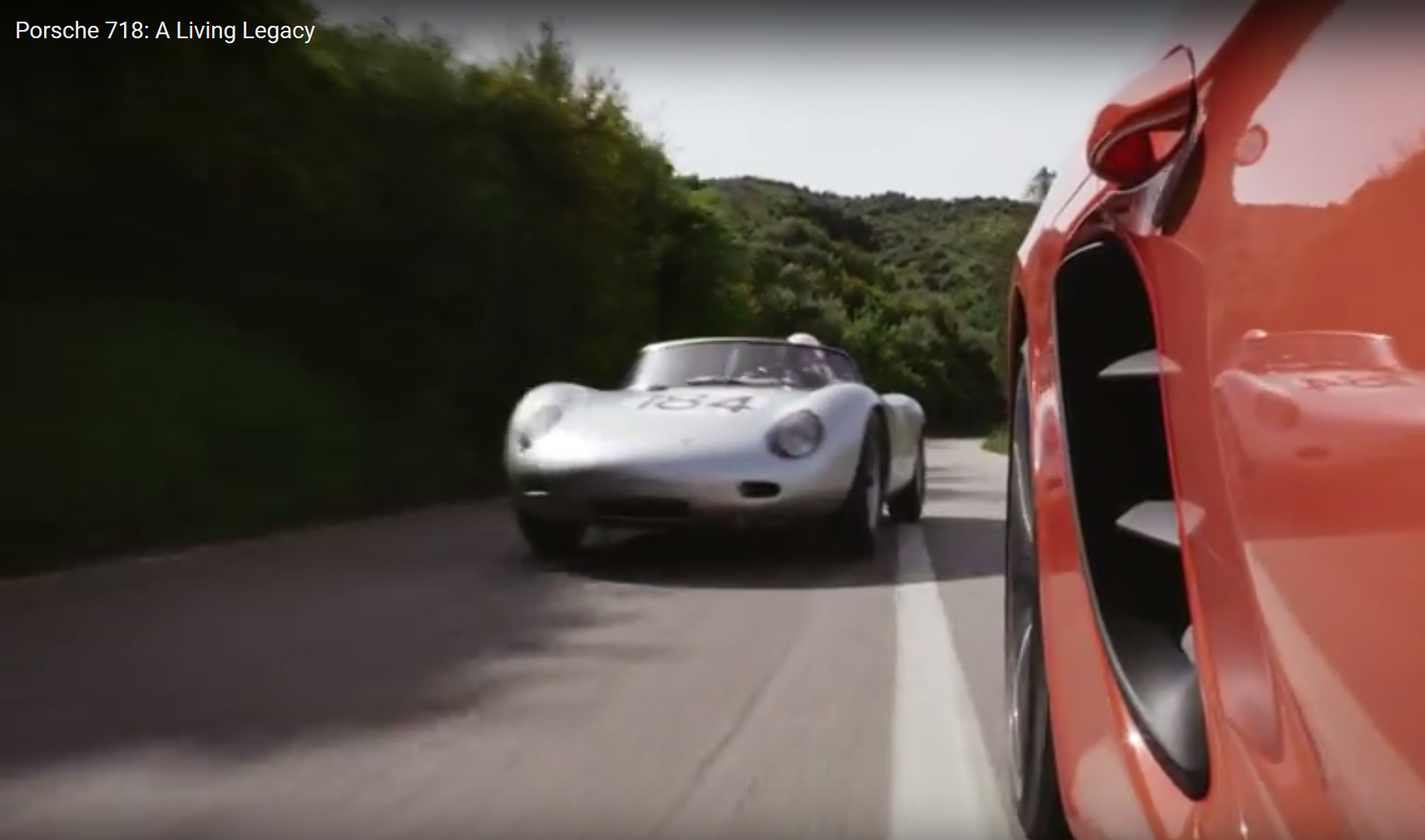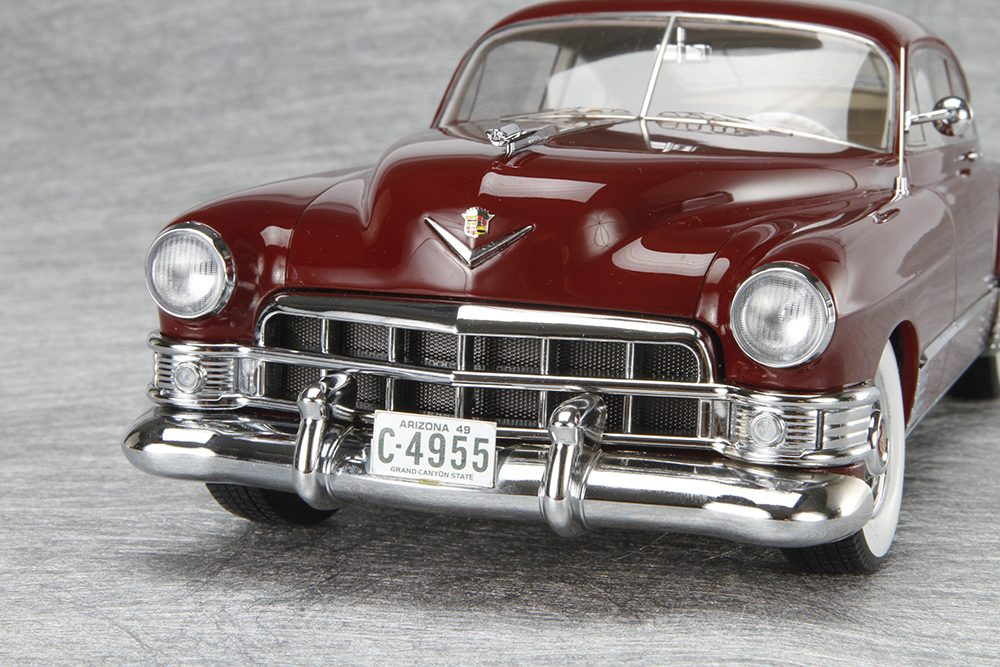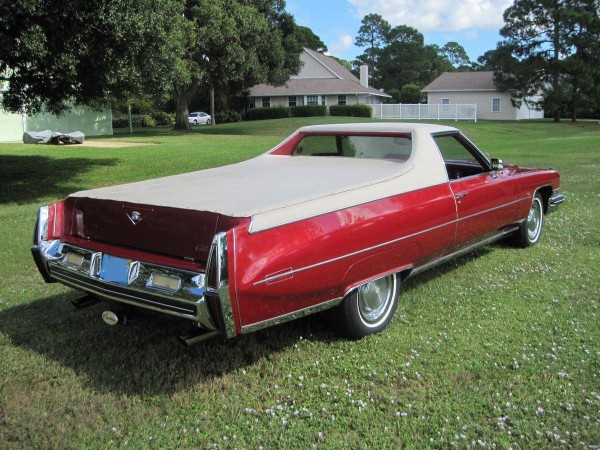SITTING DOWN WITH TEAM CORVETTE![]()
We recently caught up with the team at Lime Rock Park in Lakeville, Connecticut, at the running of the New England Grand Prix. Team drivers Olivier Beretta, Ron Fellows, Oliver Gavin and Johnny OConnell and the program manager, Doug Fehan, all took time out of a hectic race weekend to shoot the breeze with us. ![]()
CORVETTE RACING TEAM Die Cast X: The Corvette Racing Team has been dominant in the ALMS. Do you prefer it that way, or would you prefer more of a challenge? Who do you feel will put the most pressure on the Corvettes in the near future?
Die Cast X: The Corvette Racing Team has been dominant in the ALMS. Do you prefer it that way, or would you prefer more of a challenge? Who do you feel will put the most pressure on the Corvettes in the near future?![]()
Olivier Beretta: Well, I prefer that the Corvette Team is dominant, but this is the result of long and hard work from everyone at Chevy … you never dominate a championship against another manufacturer such as Aston Martin, Maserati, Ferrari and Saleen just by luck. The challenge is always welcome and nice to have for motivation, as we had in Sebring and Le Mans. It is the only way to improve yourself.![]()
DCX: Which is your favorite track and why?![]()
OB: In endurance, its Le Mans because its a very special place to go where everything can happen, especially when the weather is bad; it can rain at one end of the track and be dry at other points! It can be difficult for the tires choice … driving there at nighttime … its also a very good feeling where adrenaline is at the top for a long time. ![]()
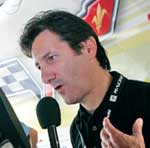 DCX: The ALMS has several classessome faster some slowerall on the track at once. How does that compare with single-class series?
DCX: The ALMS has several classessome faster some slowerall on the track at once. How does that compare with single-class series? ![]()
Ron Fellows: The multi-class format is part of the Le Mans and sports car racing history. It creates exciting racing when you have cars with a variety of speeds all on the track together, which you dont get in single-class racing. ![]()
DCX: Ron, you occasionally drive in the NASCAR Nextel Cup. What is the biggest difference between those cars and the C6-R? Which do you prefer? ![]()
RF: There are several differences between our ALMS Corvette C6-R and a Nextel Cup series Monte Carlo: the C6-R is at least 1,000 pounds lighter with close to double the downforce. Our Michelin race tires on the Corvette are at least two inches wider with a lower profile on an 18-inch wheel compared with a 15-inch wheel [on a NASCAR Cup car]. Although the 358-cubic-inch Cup motors make around 800hp compared with our 600hp, our C6-Rs 427-cubic-inch-motor has more torque. But its restricted – for the GT 1 class rules, and that limits power.![]()
I prefer to drive the Corvette C6-R, as it is a purpose-built road-racing car thats capable of tremendous cornering and stopping. I dont think Dale Earnhardt Jr. would argue with me on that point either! [Editors note: Dale Jr. has made several starts in ALMS events behind the wheel of a Corvette Racing Team car.] ![]()
DCX: Does it bother you that NASCAR gets so much more attention than the ALMS?![]()
RF: It doesnt bother me at all that NASCAR gets so much attention. NASCAR is incredibly popular and has been around for over 50 years and has experienced tremendous growth in the past 10 years. The current ALMS format has only been around for six years but has really developed into a first-rate series. NASCAR races are very entertaining, with a strong focus on the personalities creating great stories, which is not hard to do when you have that much competition and close racing. ![]()
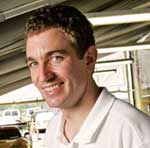 DCX: This years Le Mans was the first for the new C6-R. How do you feel about the way it performed? How does this win compare with previous victories?
DCX: This years Le Mans was the first for the new C6-R. How do you feel about the way it performed? How does this win compare with previous victories?![]()
Oliver Gavin: This was the finest victory that I have been involved in. I think that everyone had an on day and we all performed at our peak. The car ran flawlessly and was fantastic to drive for 24 hours. It was remarkable for the C6-R, a brand-new car, to turn up at a track that is so unique and perform so effortlessly. I think it is a real testament to everyone at Corvette Racing. ![]()
DCX: You faced a stiff challenge from Aston Martin this year. How confident were you going in, and at which point did you know you had the race in hand?![]()
OG: We knew the Aston was fast. We had raced it at the Sebring earlier in the year and been beaten by them. At the test day two weeks before the race, they had been very fast. To beat them, we knew we must run our race and play to our strengths. We did that and we won. The C6-R was closer on lap time, and our pit stops, strategy and reliability were all better than the Aston. The ambient heat was another big issue, and the C6-R dealt with that far better than the Aston. It was so close for 22 hours of the race, but it was at that time we knew that if we kept running at the same pace, they would never catch us.![]()
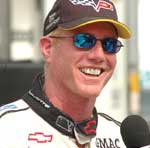 DCX: What was the biggest challenge when developing the C6-R, and how does it compare with the C5-R from a drivers perspective?
DCX: What was the biggest challenge when developing the C6-R, and how does it compare with the C5-R from a drivers perspective?![]()
Johnny OConnell: The C6 does just about everything better. The biggest challenge really was getting the rear to work as well as the front. Initially, we had a hard time with that … but the engineers went through tons of data, and since the first race, weve had an amazing car. For those of us that drive it, a lot more went into driver comfort and making the cockpit safer and easier for us to work in
. In comparison to the C5 … it is a touch better under braking … and a bit more precise in the middle of the corners. ![]()
DCX: Since ALMS requires that you change drivers, how is it decided who drives what stint? Who gets the chance to take the checkered flag?![]()
JO: Well, some of that is superstition on my part. Ron usually starts, and then Ill do the finish. But always during a race, strategy is changing as things develop, so nothing is locked in stone. Ron and I get along extremely well, so we always do what we think will get us the best result.![]()
DCX: There have been signs of a resurgence in factory-backed GT racing lately. How much do you think the Corvette program had to do with that, and which is the next team to watch? How do you feel about the challenge that represents?![]()
JO: Well, we welcome anyone who wants to compete with us and hope that more factories see the benefit of competing like we do. I like that Maserati wants to take us on, and it sure would be great if Ford or Chrysler mustered up the courage to compete against us. The difficult thing for them is knowing that an incredible organization has been built by Pratt & Miller and that they would have to be willing to make a long-term commitment to winningjust as GM did with the Corvette program. ![]()
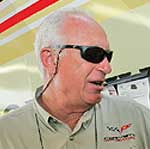 DCX: How much of the C6-R design is carried over from the C5-R, and what are the biggest differences?
DCX: How much of the C6-R design is carried over from the C5-R, and what are the biggest differences?![]()
Doug Fehan: None. No common parts with the exception of the brake calipers and transaxle. The overall length is 5.25 inches shorter, and that presented some aero-balance challenges.![]()
DCX: Is there anything about the C5-R that is superior to the C6-R? In terms of lap times, how do they compare? ![]()
DF: The C5-R is a little cheaper to build
the C6-R has more production content, and it costs more to build around that requirement. The C6-R has been faster at every track at which we have run. ![]()
DCX: The ALMS encompasses a wide variety of race formatsshort sprint races like the one at Lime Rock as well as grueling endurance events like Le Mans. Which sort of things do you do to the car to tailor it to an event?![]()
DF: For the long races, the compression ratio is slightly reduced. In addition, we install backup batteries and a backup starter assembly. That is about the only difference.
World-class Sportscar Racing American Style Page 3
